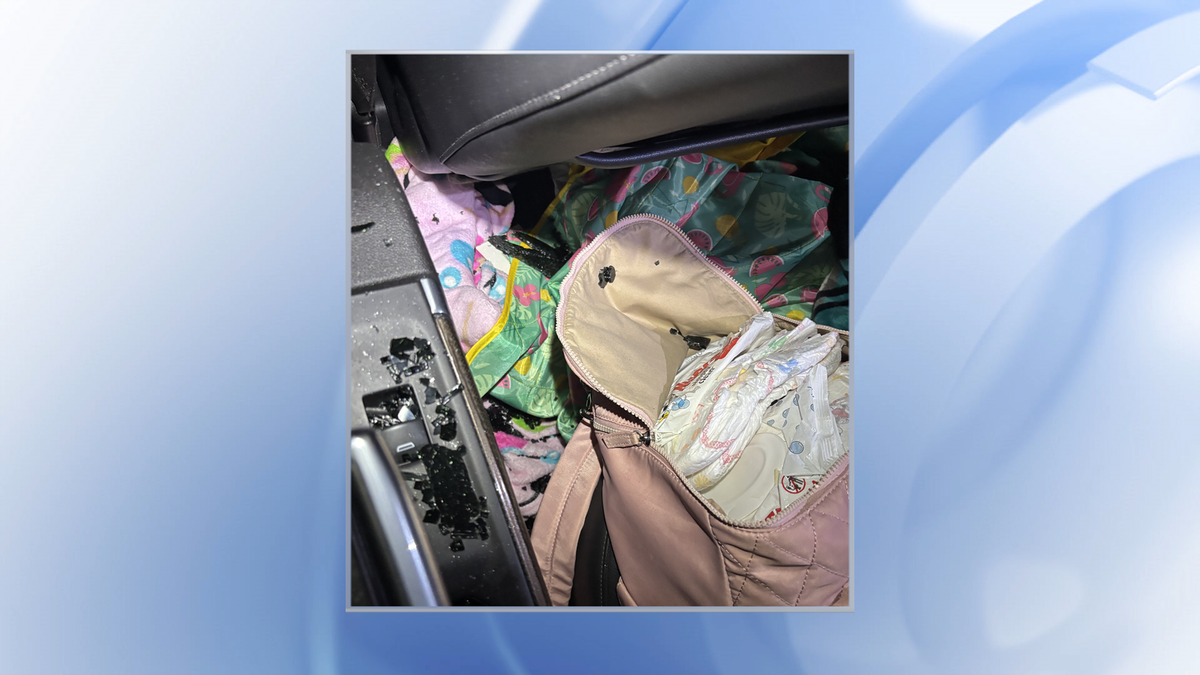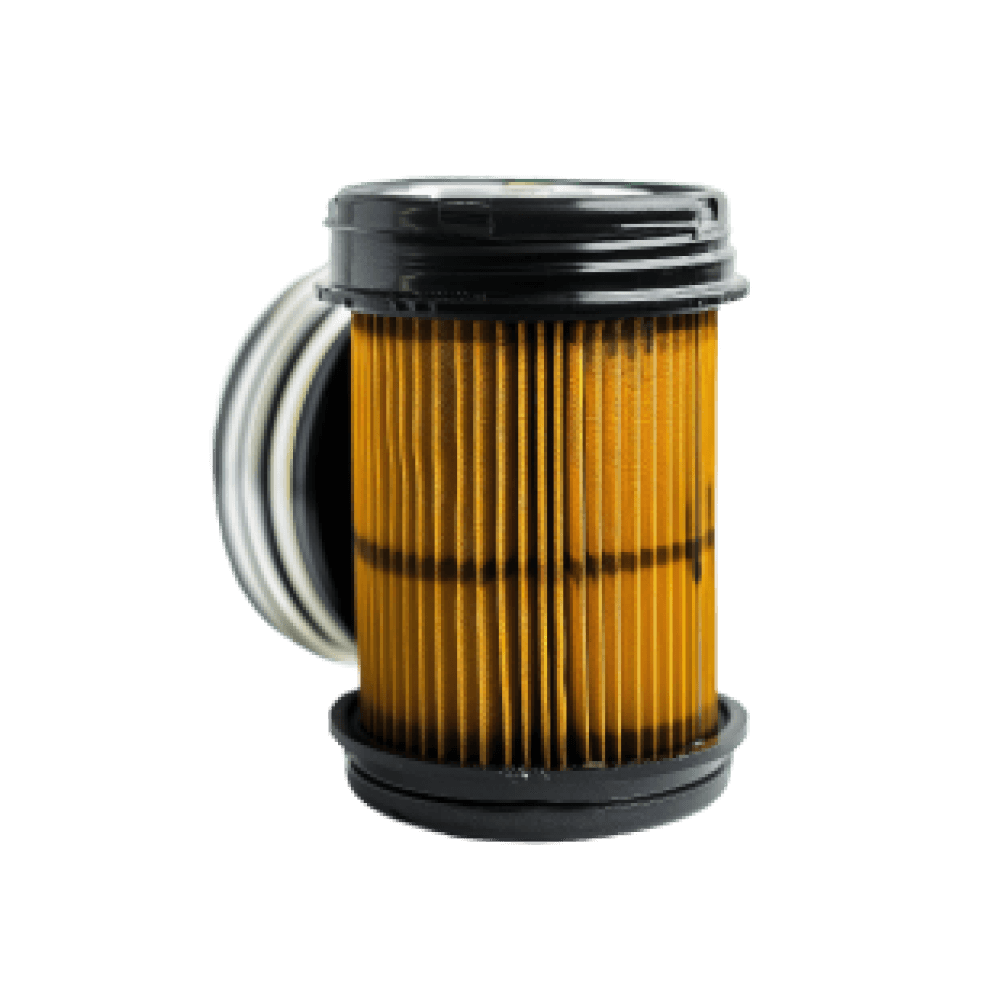New search warrants reveal teens may have been behind more than 100 car break-ins, eight stolen vehicles and several stolen firearms and credit cards during a spree lasting several weeks in July.
Raleigh police are connecting one of the teens to last month’s break-ins at Walnut Creek Amphitheatre and Lifetime Fitness.
“Lifetime Fitness had maybe 17 vehicle break-ins and Walnut Creek had at least a dozen,” Lt. David Davis said.
While the search warrant says there were at least four people who ran from a car after a pursuit with police, Davis says a 17-year-old was arrested in connection to a string of vehicle break-ins at the Walnut Creek Amphitheatre and Lifetime Fitness last month.
“We did conduct search warrants with a target of one juvenile that we were looking at,” Davis said.
The 17-year-old’s father was also arrested and charged with possession of a firearm by a felon.
The crimes occurred in locations across Wake and Durham counties in Raleigh, Cary and Durham.
Roughly 30 break-ins police can tie this teen to right now, but Davis says there could be more petitions coming.
“With the churches and some of these others at Briar Creek, we had a lot of break-ins during that time frame, so there is potential for quite a few,” Davis said. “Also, these other jurisdictions we’ve been partnering with, there are petitions coming from those jurisdictions as well.”
The teen, whose name is redacted since he is younger than 18 years old, will face petitions for each crime against him. Davis says he was held in custody for several days.
Related: Juveniles in custody after car break-ins, crashes in Apex and Cary
According to the Department of Public Safety, youth crime has increased 26% over the last eleven years, though data has changed over that period of time to include 16 and 17-year-olds whereas, it did not before.
Two of the top three crimes committed by juveniles in North Carolina are breaking and entering motor vehicles and larceny of motor vehicles. They are property crimes by definition, but with potentially more severe consequences for the public.
“It’s incredibly dangerous,” Davis said. “The amount of weapons stolen throughout this whole process, you don’t know where they go until you find them. In this case, we were at least able to recover one during these search warrants. But then you look at the incident that happened in Cary.”
Related: Raleigh police investigate more than 20 cars broken into in a 7-day period at Brier Creek
Overnight, Cary police arrested three teens in connection to at least four vehicle break-ins. Police say they were in stolen vehicles and ran from police before crashing. All of the teens involved were under 17 years old.
“You could seriously injure, potentially kill somebody in a pursuit like that,” Davis said. “It’s very dangerous.”
But juveniles face a very different punishment than they would just a couple of years later. In this case, the 17 year old spent a few days in the Wake Juvenile Detention Center under a secure custody order before being released.
“We have to take it very seriously when we make a decision about secure custody,” said William Lassiter, the deputy secretary of juvenile justice at the NC Department of Public Safety. “If we’re taking away a kid’s right to freedom with no recourse of being able to get out with a bond, then we have to make sure that we’re doing that right.”
Lassiter explains, juveniles aren’t issued bonds in North Carolina so being held in custody for any amount of time is considered the most severe punishment.
“Juvenile detention is the heaviest hand of the juvenile justice system,” Lassiter said. “If we put a low risk kid into a juvenile detention facility, a kid that has a low likelihood of getting in trouble again, and we expose them to all the other kids that have committed very serious crimes and have high risk factors, then often, there’s a contagion effect on that low risk kid. They actually get involved with gangs and they get involved with other criminal behavior because they’re being exposed to only kids that are in those types of settings if they’re going into juvenile detention.”
The juvenile justice system affords them an opportunity to learn from these mistakes before letting it change their lives forever.
However, there’s a fine line between the justice system facing 16 and 17-year-olds. According to Lassiter, juveniles facing the most serious felonies, A through E, are automatically transferred into the adult system. That can include everything from murder to assault with a deadly weapon. The system doesn’t want to overly punish a child for lesser crimes.
“We don’t want to let one stupid mistake that a child makes as a child hold them back from getting a job later in life or getting them going to college or other things,” Lassiter said.
The teen in this case is facing class H and I felonies for possession of a stolen vehicle, breaking and entering a motor vehicle and possession of a stolen firearm. The teen could face even more charges in connection with the other 100-plus break-ins Raleigh police are investigating.
Lassiter said it can be a blurry line between a stupid mistake and a pattern.
“That is taken into account,” Lassiter said. “When we look at the juvenile justice system and a kid that is committing multiple crimes or a kid that has gotten in trouble again with the law, that is all taken into account when we come up with a plan of how to address their behavior moving forward.”
It’s a balancing act, according to Lassiter. Of course, maintaining public safety is key, but locking a juvenile up isn’t always the answer to that.
“We really try to match those services that the kid needs to make sure this kid does not re-offend again,” Lassiter said. “Are we successful with every single child? Absolutely not, and we understand that. But we are far better than throwing them in the adult system, where they don’t get a tailored plan. Where they don’t get services that actually address the needs of the kid. Where they only get a cookie-cutter approach, one size fits all, for an adult inmate. The juvenile justice system is far better at actually trying to address those factors.”
The most recent studies show that overall, 39% of juveniles reoffend. A statistic, Lassiter says, shows the effectiveness of the decisions to keep juveniles in custody or not.
“Those statistics are very telling,” Lassiter said. “We’re really good at actually determining the kids that need to go to detention versus the kids that don’t. The kids that don’t go to detention and that we put in community based services actually recidivate at a much lower level.”
According to Davis, some view it as a pass.
“It’s a double-edged sword,” Davis said. “You’re going to have some juveniles that are going to know the law and they’re going to continue to abuse it and take advantage of it to commit criminal offenses,” Davis said. “But then you’re going to have the other side so they have an opportunity to learn from those mistakes and grow.”
It can be difficult to publicly follow cases like this teen’s because of the anonymity provided for juveniles in the justice system. But Davis says, these may not be the last charges he faces.
“There is potential that he’s going to be connected to the other break-ins,” Davis said. “We’re just not at that point yet.”
Police said they are urging residents to follow their “9 p.m. Routine” to prevent vehicle break-ins, including:












